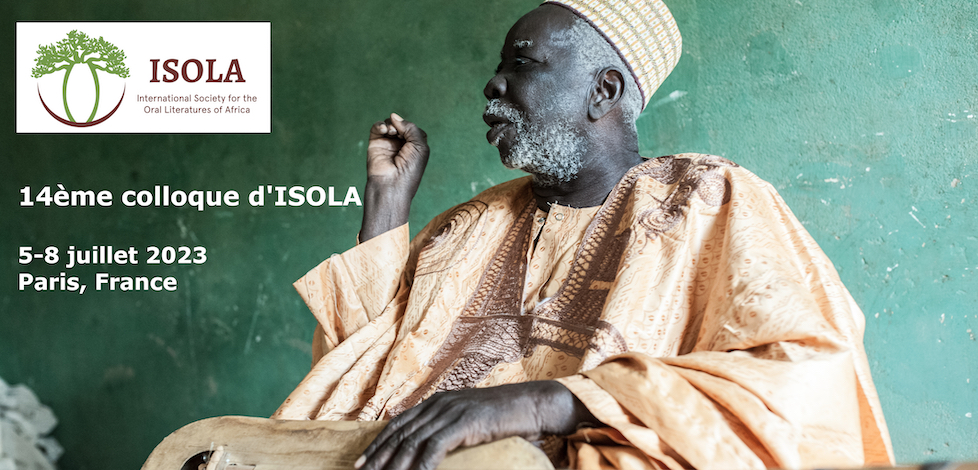Tteryel (l'ogresse), et à un degré moindre son pendant masculin awaghezniw (l'ogre), est fortement présente dans le corpus de contes oraux kabyles. Vivant souvent dans une forêt ou dans une grotte, à la lisière du village, à la frontière entre nature et culture, tantôt seule, tantôt mère, l'ogresse est pourvue d'un instinct maternel. De manière ambivalente, elle est souvent décrite comme « méchante et rusée, d'un esprit vindicatif, rancunière, sournoise et intrigante. Elle dévore tout ce qui passe à sa portée et la nuit venue, au moment où elle s'étend pour dormir, les cris, les rugissements et les grognements des animaux sauvages- crapauds, lions et autres bêtes- qu'elle a dévorés au cours de la journée se font entendre dans son ventre » (Frobenius, 1921). Elle peut de ce fait se retrouver seule, rejetée par sa propre progéniture qui s'en détourne et prend souvent le parti des humains. A partir du corpus recueilli par Léo Frobenius et traduit en 1996 de l'allemand par Mokran Fetta, nous nous intéressons à ce que les contes kabyles disent de ce personnage et par extension, du rapport entre l'humain et le non-humain.
At the frontier between the human and the non-human: the ogress in Kabyle tales
The ogress (tteryel), and to a lesser degree its male counterpart the ogre, is highly present in the corpus of Kabyle oral folktales. Living generally in a forest or in cave, on the edge of a village, at the frontier between nature and culture, the ogress is endowed with a motherhood instinct. Paradoxically, she is described as "wicked and cunning, of a vindictive, resentful, devious and intriguing wit. She devours everything that passes within her reach and at night, when she lies down to sleep, the cries, roars and grunts of the wild animals - toads, lions and other beasts - that she has devoured during the day are heard in her belly ” (Frobenius, 1921). She can therefore find herself alone, rejected by her own offspring who turn away from her and often take the side of humans. Through the corpus collected by Léo Frobenius and translated from German by Mokran Fetta in 1996, we are interested in what Kabyle tales say about this character and, by extension, the relationship between the human and the non-human.

 PDF version
PDF version
